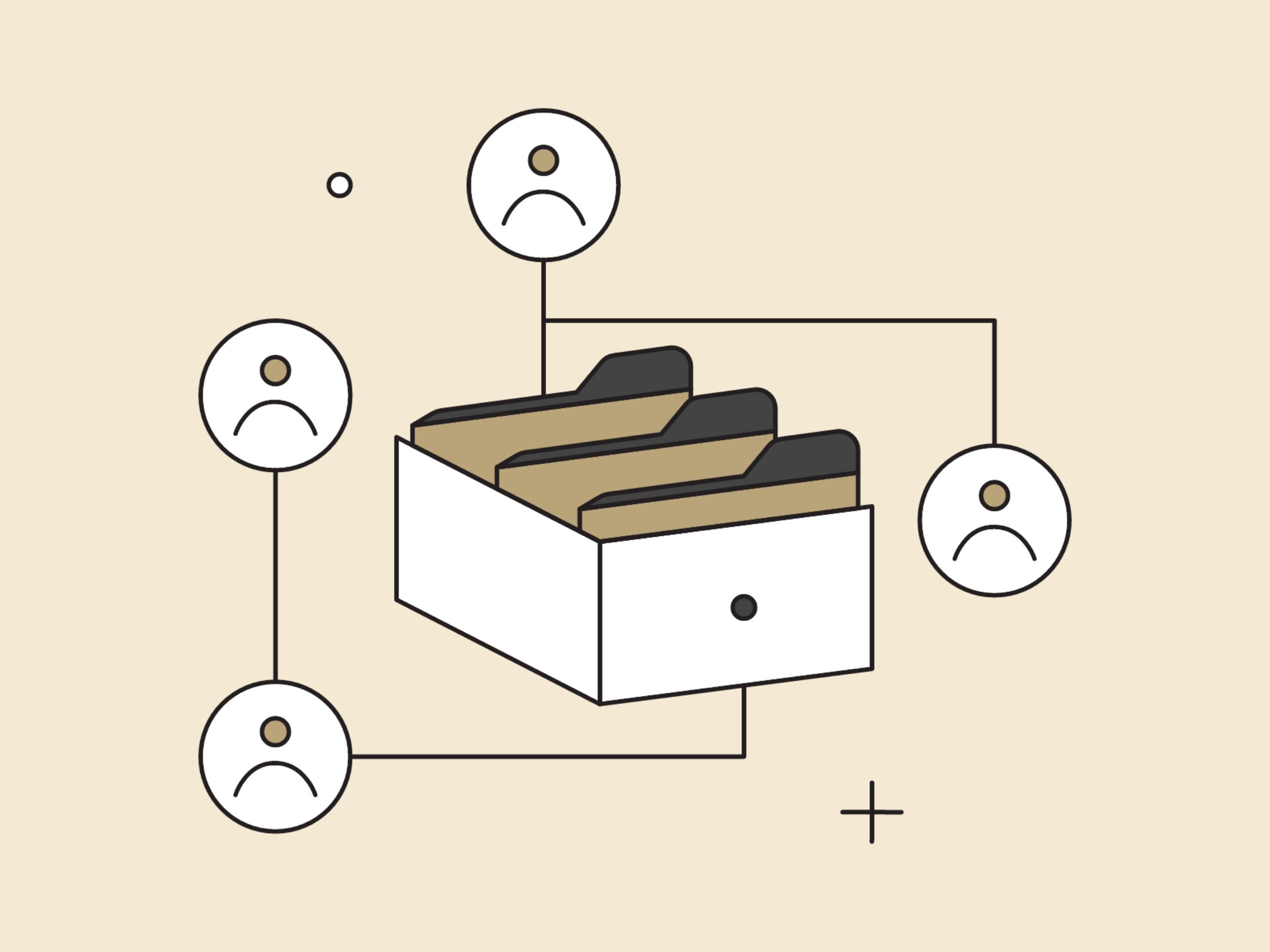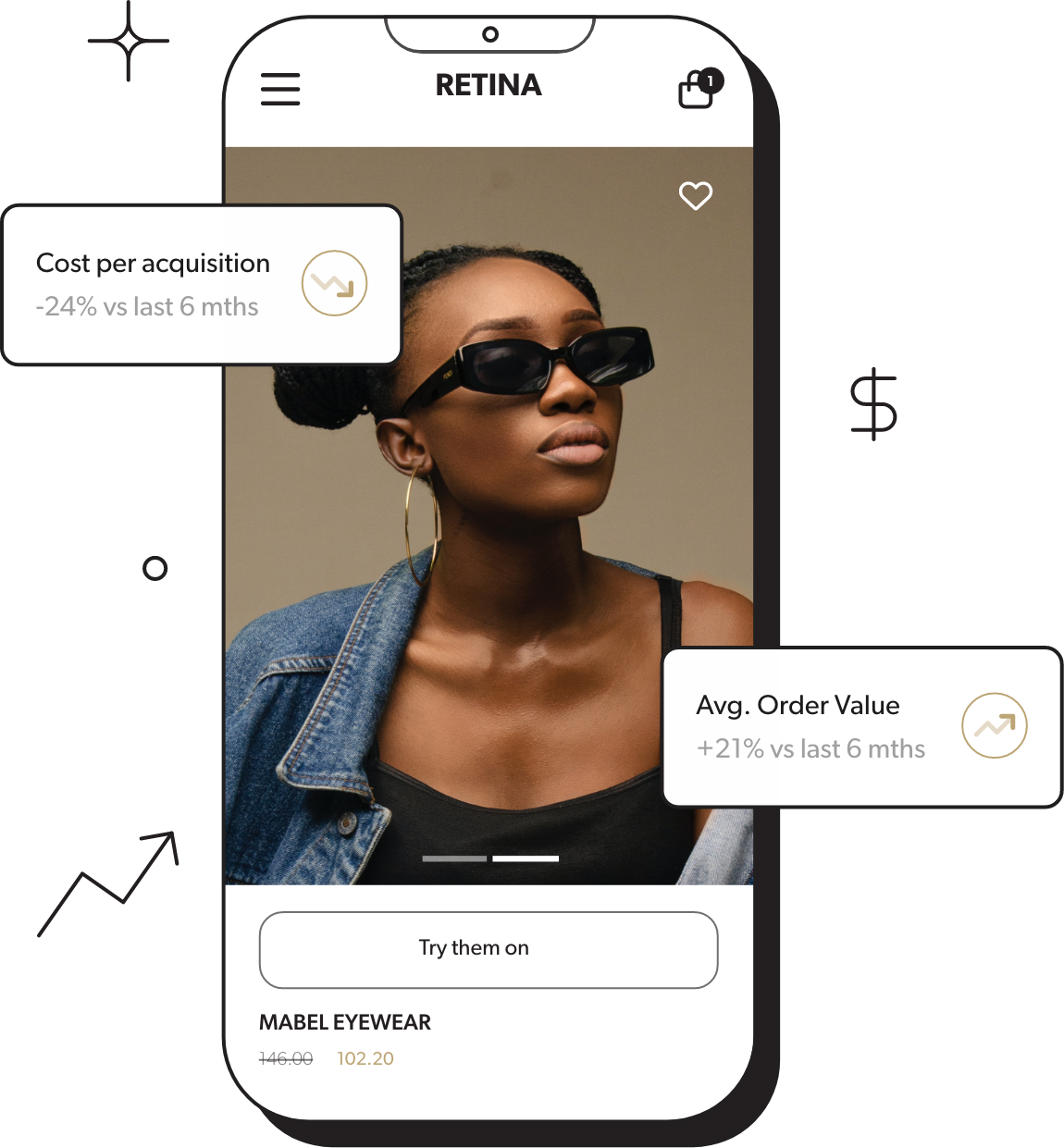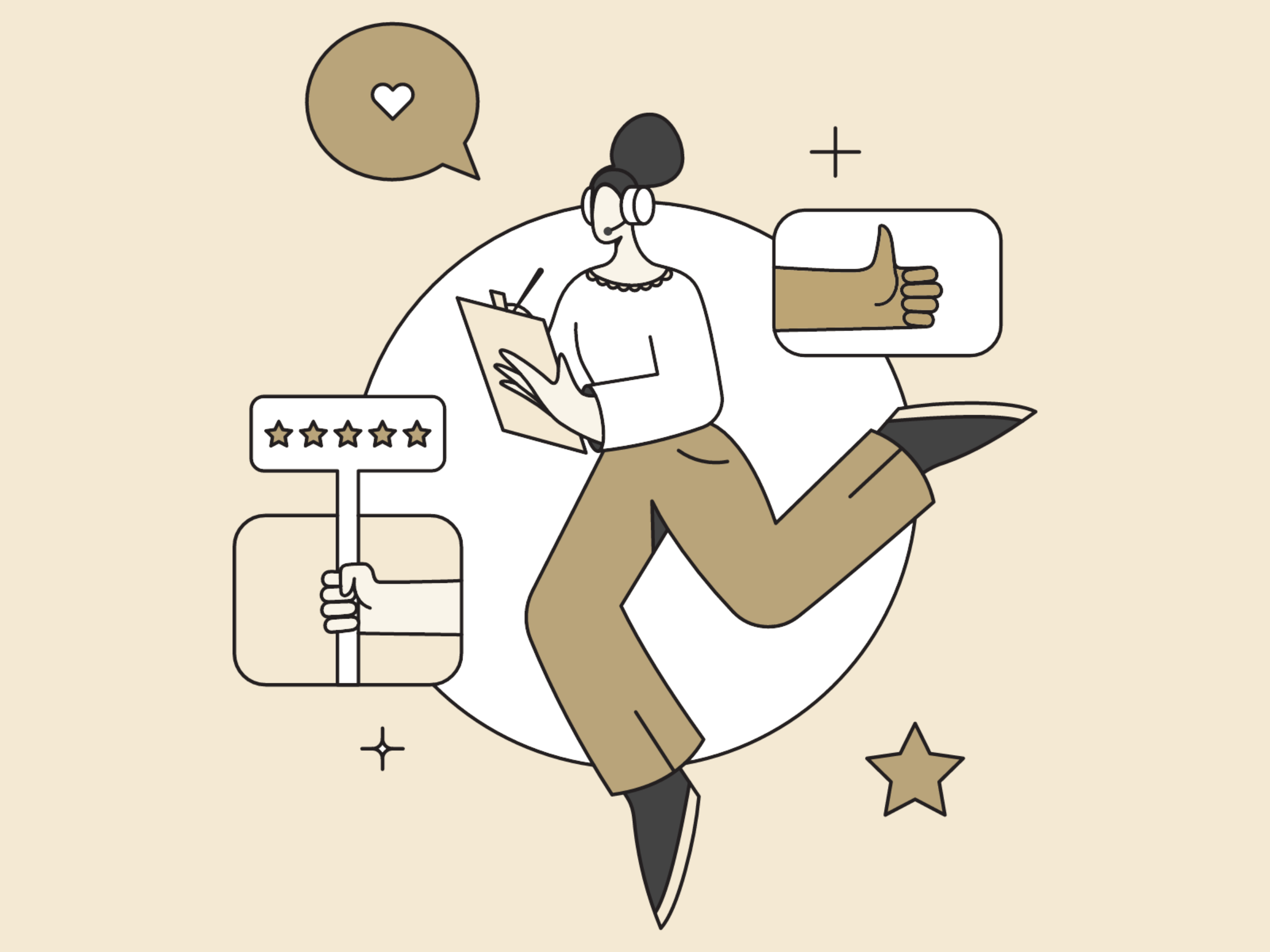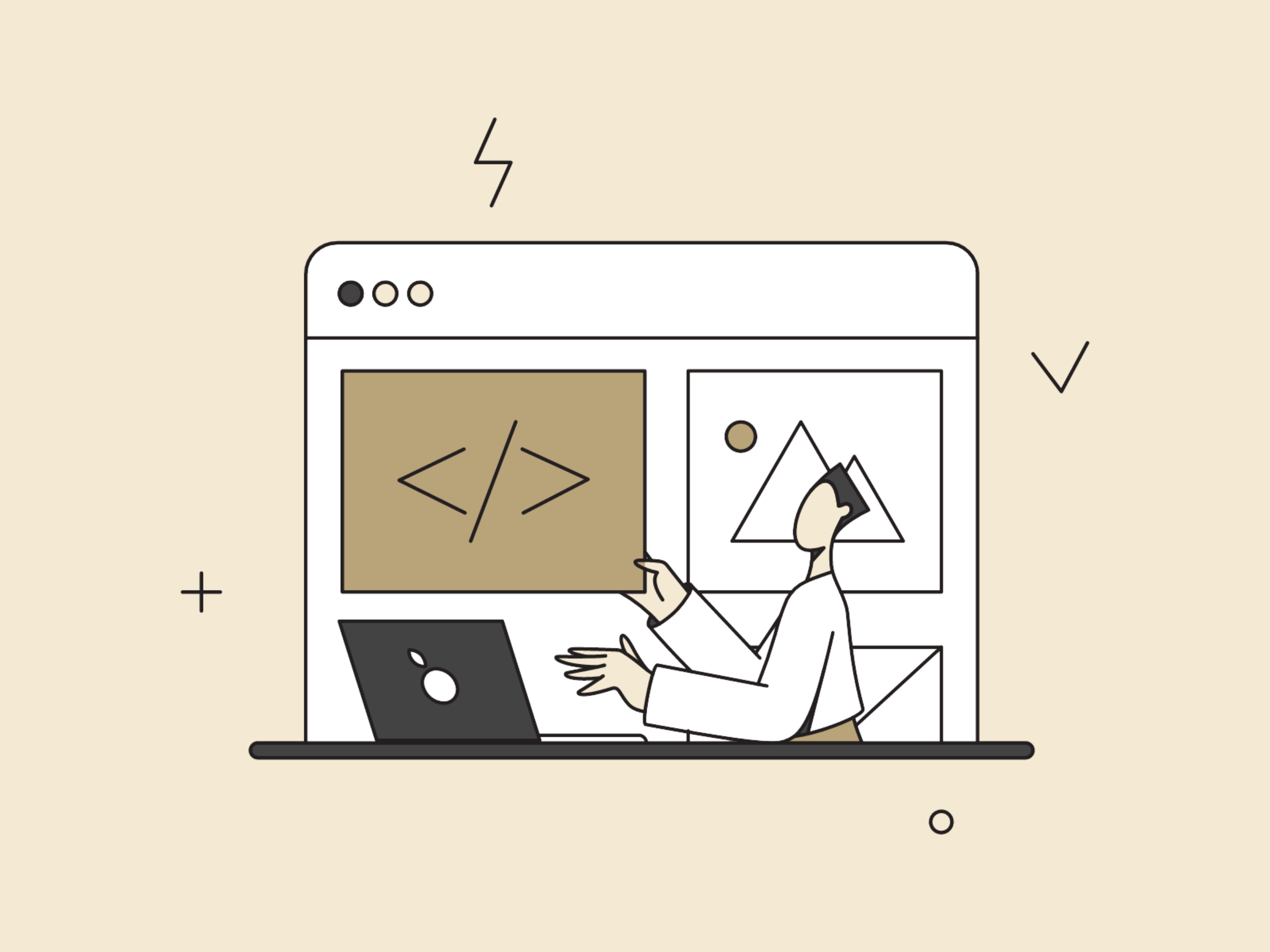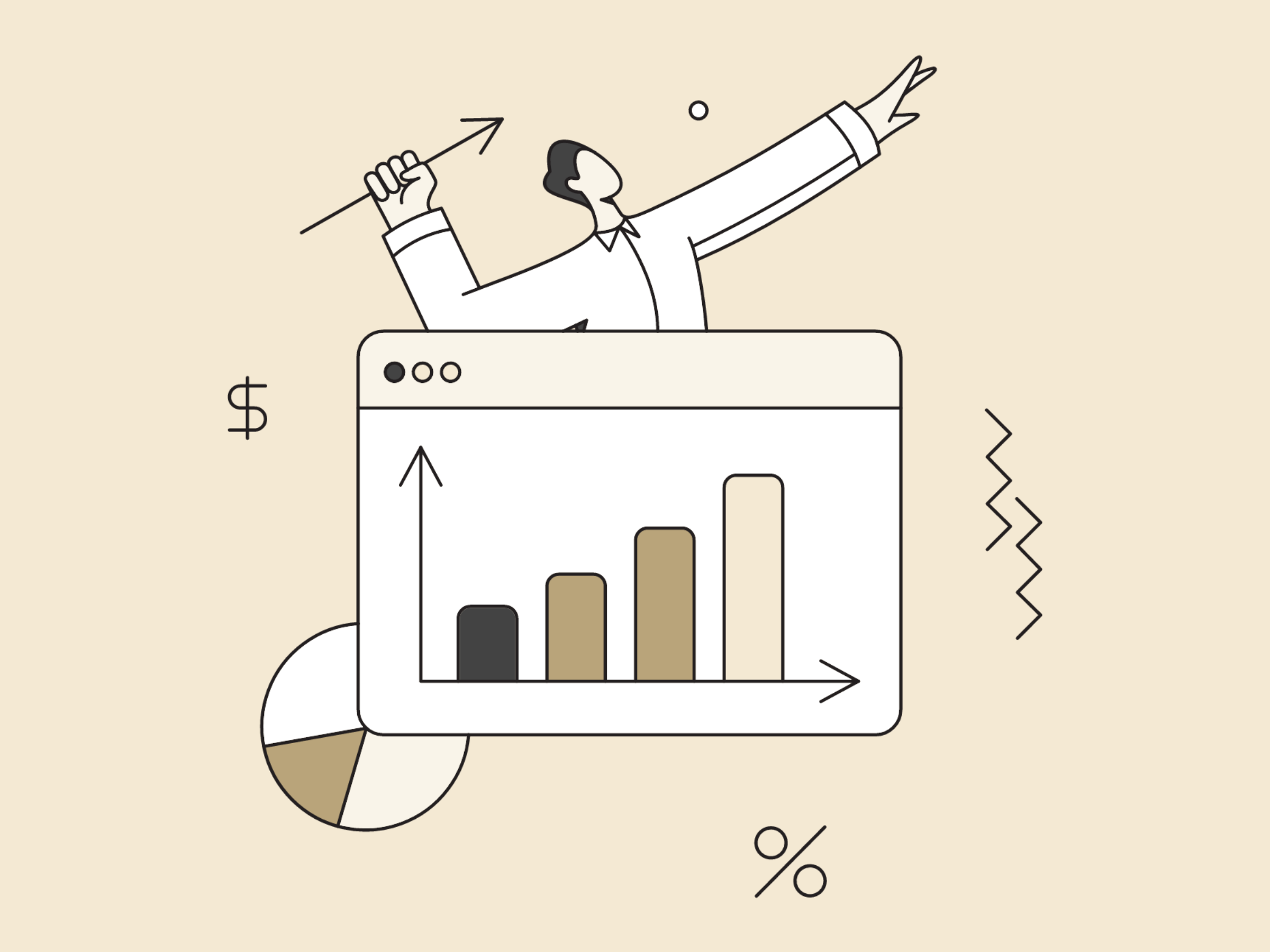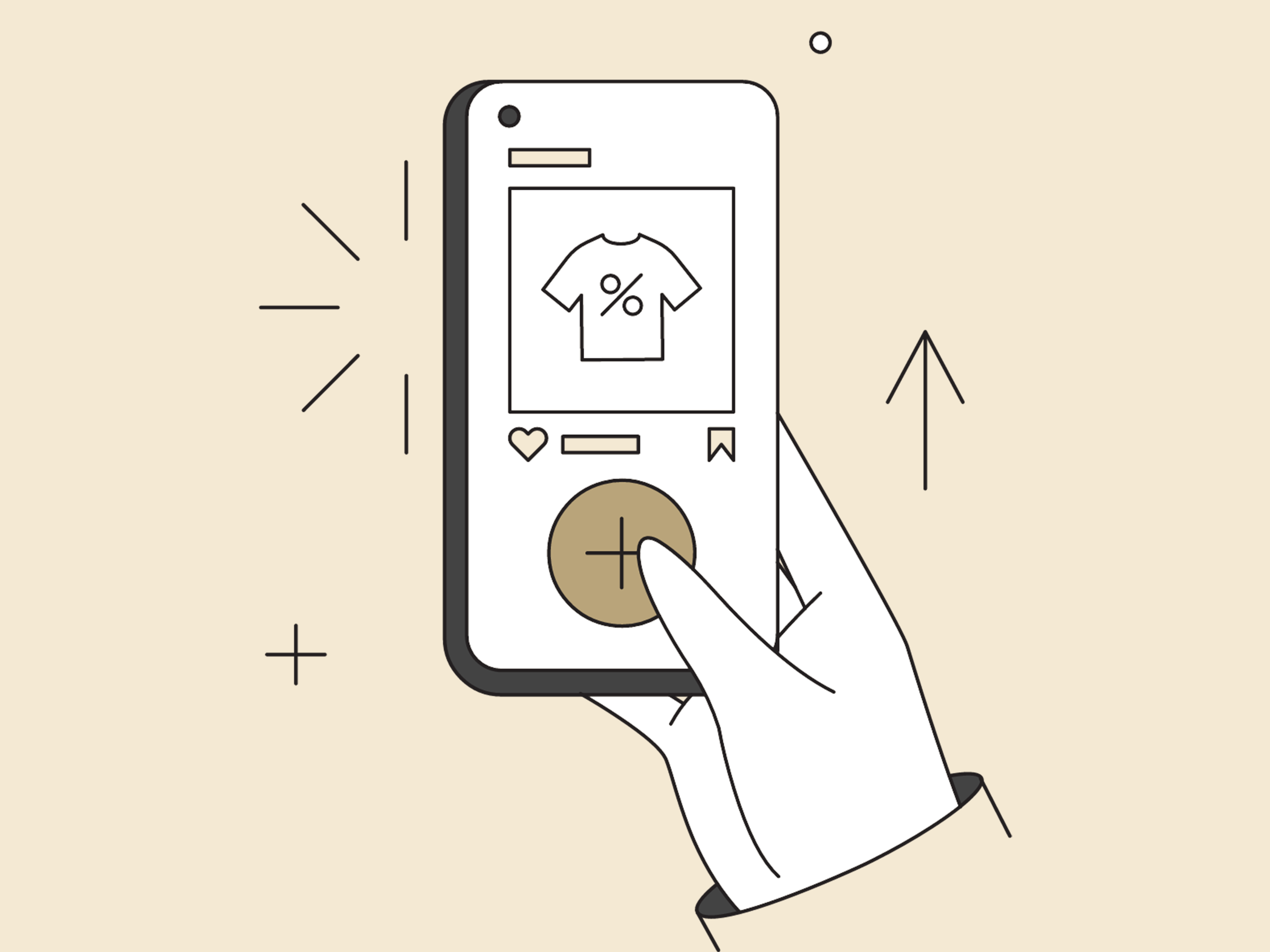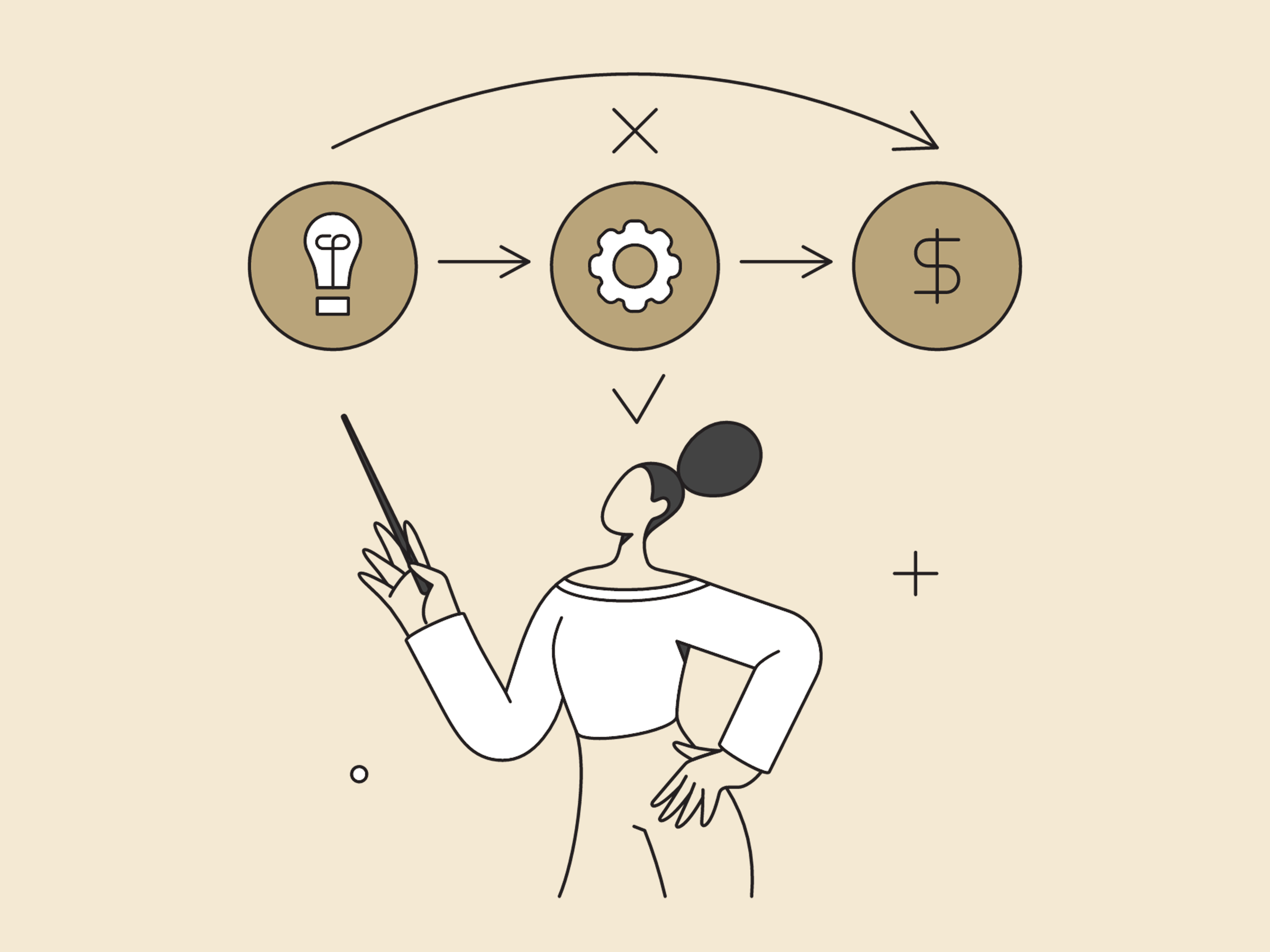Brands that once dominated multi-brand retailers are now flocking to DTC to create stronger connections with fans and increase their margins. With so many competitors online, customer segmentation is now more critical than ever because brand owners need to reach shoppers at the right time with the right message to remain relevant.
This guide will walk you through different ways to segment your customer base, understand what motivates them, and build simple strategies that large brands often overlook that you can use to increase sales.
What is customer segmentation?
Customer segmentation is a great way to get to know the people who frequently shop with you. By understanding each segment’s varying wants and needs, you can create campaigns and offers tailored to shoppers’ needs, leading to better engagement and increased sales. Plus, segmentation can help you spot potential new buyer opportunities, so you can focus your marketing efforts and target the right audience with the right message.
One-size-fits no one
To get the most out of your marketing, it’s always better to tailor your communications and online experience to as much as possible to avoid becoming a commodity. After all, each customer segment is unique and requires its own individualised approach. Therefore, it’s essential to consider factors like consumer behaviour, lifestyle, personal preferences, and other variables to get the most out of your segmentation efforts.
By considering the needs and preferences of each customer segment, companies can create more exciting initiatives that better suit their target audience, which allows them to target their marketing efforts and identify more growth opportunities.

What are the advantages of segmentation?
Segmentation combined with personalisation is essential for improving the online experience of your store and increasing sales. By getting to know your clientele better, you can understand their needs, behaviours and expectations and tailor your services and products accordingly. That way, you can ensure your customers are happy and loyal, and you’re more likely to see an increase in your bottom line.
Plus, according to a McKinsey report, companies that grow faster drive 40% more revenue from personalisation than those that don’t. These days, the vast majority of consumers expect brands to deliver personalised interactions. So, if you want to ensure your business keeps up with the times, take segmentation and personalisation seriously.
Ways to segment your customer base
Customer segmentation aims to find the common thread between individual shoppers and sort them into groups. The data used for segmentation can come from purchase history, customer feedback surveys, or even tools such as Google Analytics or the analytics dashboards in a company’s ecommerce or email marketing software.
These tools often provide built-in segmentation and targeting features to help understand your purchasers better. Segmentation allows brands to focus on their target audience, craft more personalised marketing content, and better understand the potential of their customer base.
Here are seven ways that you can segment your customer base:
- Demographics
- Geographical location
- Behaviours
- Psychographics
- Use of technology
- Customer satisfaction
- Specific needs
Demographic Segmentation
Segmenting your base by demographics like age, education, household income, marital status, family size, ethnicity, gender, occupation, and nationality is a popular and valuable way to understand them better. It allows you to target your campaigns and products to different audiences and anticipate how they might react. This predictive analysis can be beneficial in the long run. A common way to start is by using gender as a category.
However, it’s vital to make people feel included by having plenty of options for self-identification. The way to do that is by collecting data directly from your audience through surveys and interviews and using their input to create your segments. This approach ensures that you have a more accurate understanding of the people who shop with you, which in turn helps you better meet their needs and preferences. Additionally, you can use this data to develop more customised experiences for each segment, allowing you to maximise the effectiveness of your campaigns.
Segmenting by Geolocation
Geographic segmentation is ideal for personalising marketing strategies When you aim to reach potential shoppers in a specific location. It’s often a subset of demographic segmentation and can also be used as a standalone technique, mainly when location is a critical factor in choosing the target audience. It allows businesses to identify buyers in specific regions or cities and develop marketing strategies tailored to those people and their particular preferences. As such, geographic segmentation can provide great insight into the types of customers businesses target and the best way to reach them.
Paying attention to where consumers live is vital in effectively targeting different segments. Depending on the region, you may have distinct differences in promoting products and services.
For apparel companies selling seasonal clothing or footwear, it makes logical sense to segment customers by their geolocation and target them with appropriate messages when those individuals will feel compelled to purchase those items. For example, those based in Europe are far more like to buy swimwear during the Spring and early Summer before going on holiday. And they will only need to purchase warmer clothing when it’s cold.
Understanding your audience’s climate and geographical areas can give you great insight into the best places to sell and advertise and the most suitable regions for growth. By getting to know their environment, you can tailor your marketing efforts to meet their needs and grow your customer base.
Behavioural Customer Segmentation
Behavioural segmentation looks at what people do — what interests them, what they like, and how they travel, work or spend their free time.
When coming up with segmentation strategies, there are various factors to consider. One of the most important is someone’s readiness to buy. Some people may be on the verge of purchasing, while others might wait until their next payday. And some on your list may be interested in what you provide but still need your products.
As brand owners, we must know where our customers are in their journey and be prepared to act at the best time with communications. For example, parents expecting their first baby are likely to “browse” offers for several months before buying anything and are unlikely to spend at the same rate with their second child. So contacting people at the wrong time (when they’re not ready to buy) is irritating for them and a waste of company resources. Not to mention that also sending poorly timed messages can impact open rates in future.
Similarly, suppose you sell skincare to consumers on a subscription. In that case, they’re unlikely to appreciate receiving an email about a sale or new product drop if they just received their latest order.
We can create more effective strategies that bring better returns only when we understand the customer journey and the individual at each stage.
Psychographic Customer Segmentation
Psychographic segmentation is about understanding what makes your shoppers tick — their thoughts, feelings, and attitudes. This deeper level of learning is critical to grasp their values and understanding how they behave. It’s not always easy to get under the skin of your consumers – especially if people buy your product as a gift for others. But the payoff is worth it. It can increase customer loyalty and a greater connection with your brand when done correctly.
Have you ever wondered how some brands attract and maintain fiercely loyal customers? Psychographics makes it possible for brands to create an emotional connection with their audience. But companies must understand their subscribers’ needs and values and create a product/service that meets their desires. For example, marketing campaigns can emphasise product benefits that appeal to peoples’ values. Additionally, exemplary customer service is vital to building a loyal customer base.
To gain insight into peoples’ needs, you can use various methods, including interviews and surveys. In addition, you can also segment them together based on their shared values to create an audience that is more likely to be loyal and engage more deeply with your brand. Doing this provides a better understanding of their motivations and can help you create a tailored marketing and communication approach. By understanding the psychographics of your customer base, you can build stronger relationships that will last.
Technographic Customer Segmentation
Segmenting an audience by device usage is beneficial for online direct-to-consumer companies. It helps to identify which gadgets people use to access your store so that you can optimise the layout for a more captivating experience. For example, suppose you know most of your clientele use their tablets or mobiles to browse your store. In that case, you can introduce Augmented Reality (AR) to let them virtually try on or test products with their smart devices. In addition, AR allows consumers to engage in pre-purchase activities, such as trying on clothes or makeup, before committing to a purchase.
These days, shoppers browsing online expect images, videos, and text to look great on any device they choose. But device segmentation can also help you decide if it’s time to create a mobile app, which could draw in more browsers and increase revenue.
Value-based Customer Segmentation
Have you ever received an email from your favourite store asking for your opinion on their products and services or whether you’d recommend them to a friend? Customer Satisfaction or Net Promoter Scores provide valuable insight into customer service interactions. This insight helps you identify where consumers are satisfied and where you need to improve.
Using customer feedback to group buyers into promoters (positive scores) and detractors (low ratings) can help you increase the value of loyal customers and ensure unhappy ones get the support they need. Higher scores indicate customer satisfaction, while lower scores may cause some to switch brands. You can create targeted campaigns to win back these purchasers with this information.
Needs-based Customer Segmentation
Identifying peoples’ needs is essential for creating an inclusive product. In addition, it’s important to understand their specific requirements to make the product suitable for all consumers. Unfortunately, it’s not uncommon for brands to overlook the needs of some minority segments if they don’t see the value in catering for them.
Historically, this is often the case for people with disabilities or those from non-caucasian ethnic backgrounds. However, Fenty’s success in creating cosmetics for all skin tones is an excellent example of how catering to these segments can be profitable.
It’s wise to consider accessibility features when designing new products to ensure everyone can use them. But, again, this is an essential step in creating a genuinely inclusive product for the market.
How to create a customer segmentation strategy for your brand
Gathering market research and data is the first step towards building accurate customer segments. To get the most out of your study, consider the questions that will provide the most valuable data to create groups that align with your overall strategy.
Identify your target audience and the characteristics that apply to them.
Thinking about what adds value to shoppers is the first step in creating customer segments. Product fit, profitability, repeat purchases, and online activity are all essential factors to consider. You should also invest in developing buyer personas — a fictionalised characterisation of your customer groups based on information about them to help with segmentation. That way, you can identify which segments to target for our marketing and sales messaging. It’s also essential to examine the purpose of each purchase within a segment and determine the variables that can influence purchasing decisions, such as income, lifestyle or purchase history.
Segment your objectives into audience-centred campaigns or projects.
Are you considering personalising the online experience of your store to boost sales? For example, you may be aiming to attract shoppers of a certain demographic during a particular season. Breaking down your segmentation goals into manageable projects and campaigns can help.
Focus on what will bring the most value to customers, increase engagement, and prioritise urgent site improvements over those that require extra time and research. For example, if you’re selling flesh-coloured underwear and hosiery for different skin tones, a significant priority may be to build an online quiz to help people shop independently. However, it may be more critical to make interactions more rewarding for brand loyalists and frequent shoppers with high average order values in the short term. That way, you can invest these profits to support longer-term projects.
Organise your customers’ data.
Collecting customer data is an essential step in market segmentation, and it is vital to take a comprehensive approach. Gathering customer stories, in addition to facts and figures, can be especially helpful in developing valuable segments. By hearing directly from customers about their experiences, you can gain insights that would otherwise be difficult to uncover. Moreover, customer stories can provide a wealth of information that can inform market segmentation strategies, from preferences and behaviours to demographics.
Collecting customer data can be an invaluable asset in creating successful segmentation strategies. Gain insights and talking points to target new segments with future campaigns using anecdotes. This data will help you make more effective campaigns in the future. You can collect customer data in two ways: directly, through surveys, or indirectly, by leveraging existing data. Nowadays, relying on first-party data from customers is more accurate than third-party sources.
Conduct regular customer segmentation reviews.
To ensure your customer segmentation is effective, analyse your segments regularly. Doing so will help you maintain their effectiveness. Brand owners should establish an ongoing review process to track changes in data, and machine learning and automation can help to monitor these changes more efficiently. Additionally, this process should also involve implementing feedback loops which allow for real-time updates and adjustments to keep up with the ever-changing needs of the customer base. This regular review will help to ensure that the segmentation remains robust and relevant.
Customer segmentation is essential for any business to create stronger connections with customers, increase their margins, and better target their marketing efforts. This guide will walk through different ways to segment customers, such as demographics, geographics, behaviours, psychographics, use of technology, customer satisfaction, and specific needs. By understanding the needs and preferences of each customer segment, companies can create more compelling customer segmentation initiatives and customised experiences, allowing them to maximise the effectiveness of their campaigns and identify growth opportunities.
